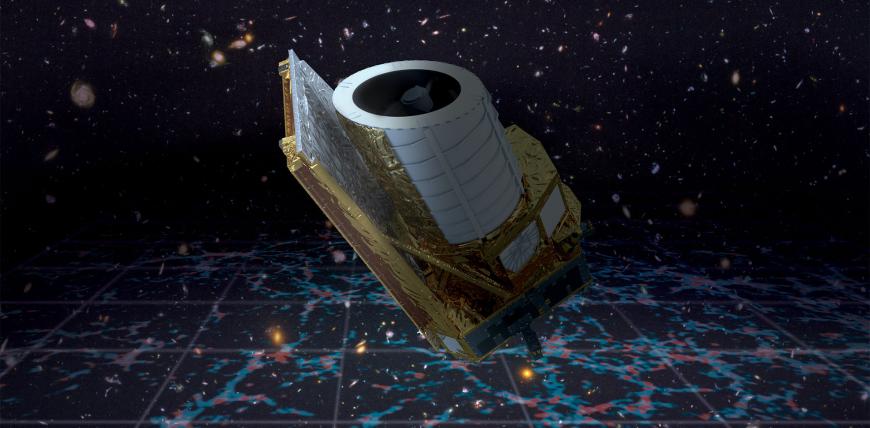
Euclid
The European Space Agency's (ESA) Euclid flagship Dark Energy Satellite Mission launched from Cape Canaveral on 1 July 2023; Oxford's Department of Physics plays a key role in the lensing data analysis and has been involved since its inception.
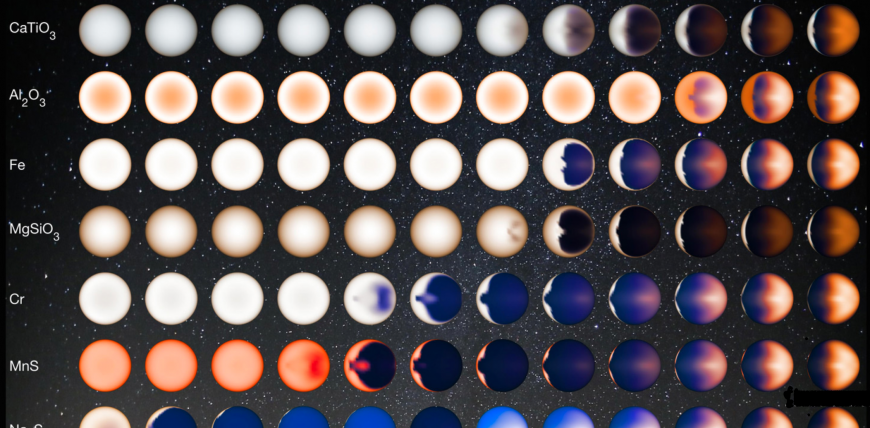
Exoplanet atmospheres
Comparing models and observations to understand exoplanet atmospheres.
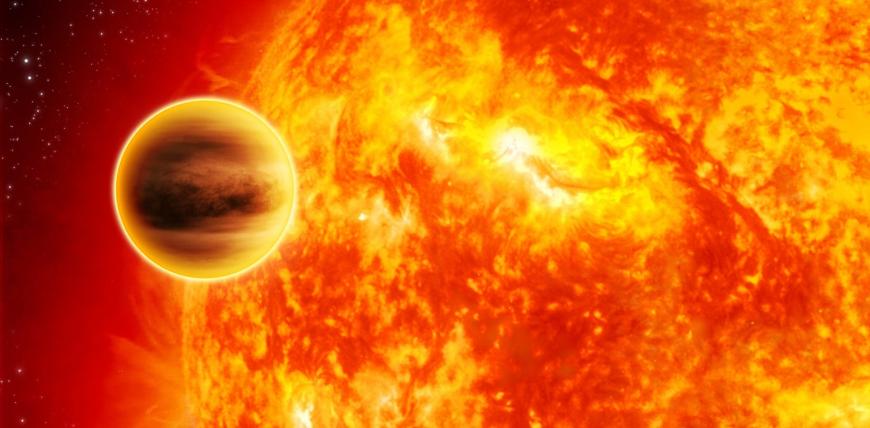
Exoplanets and Stellar Physics
Detecting, characterising and modelling exoplanets and their host stars
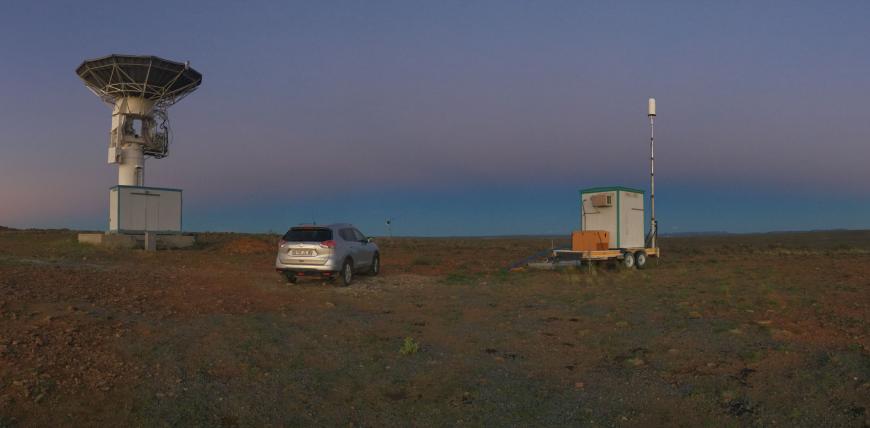
Experimental radio cosmology
Development and science exploitation of new techniques and instruments at cm and radio wavelengths.
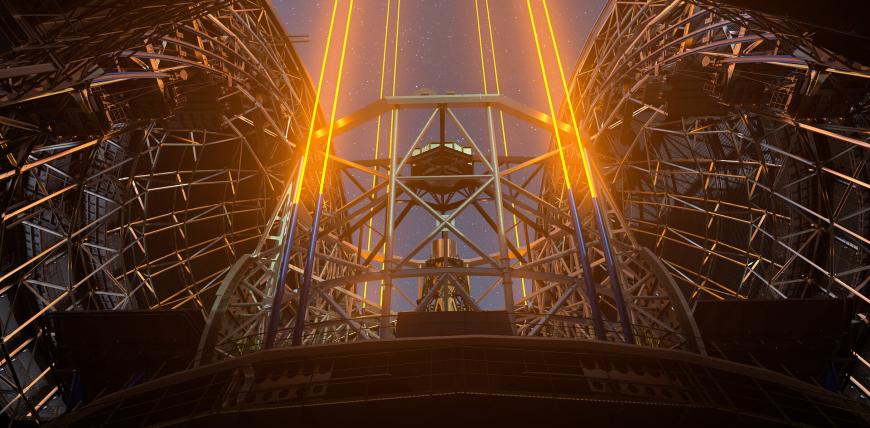
Extremely Large Telescope
Information on the Oxford involvement in the Extremely Large Telescope Project
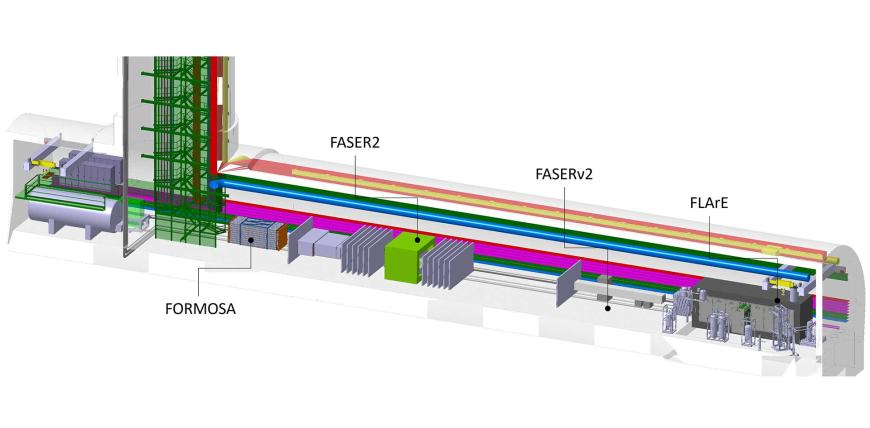
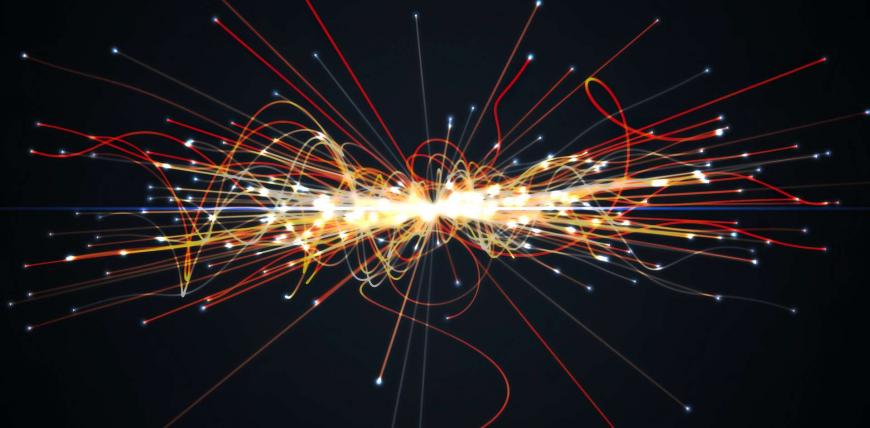
Frontiers of quantum physics
Our group researches into applying quantum physics beyond the microscopic domain
Future Colliders
Galaxy formation and evolution
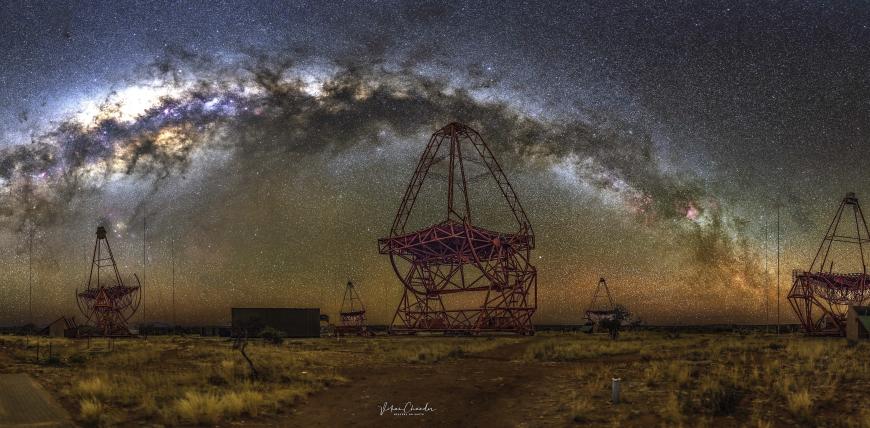

Gene machines
Studies of the mechanisms and machines of gene expression using single-molecule biophysical methods and biochemistry.
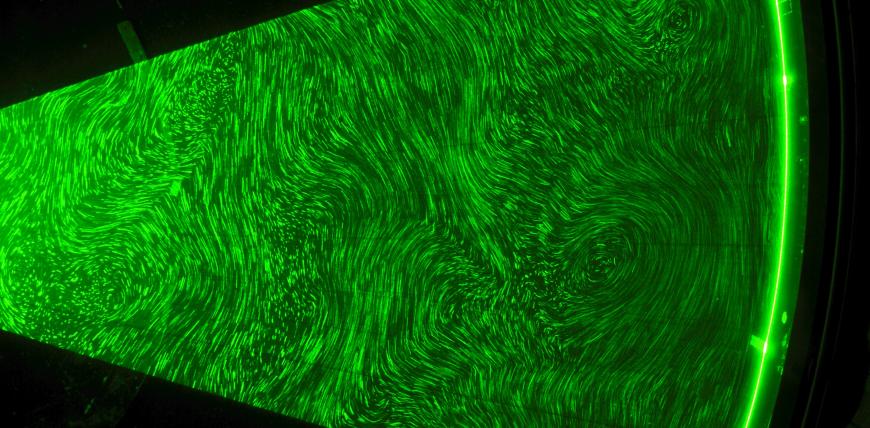
Geophysical and Astrophysical Fluid Dynamics
We study and research fluid-dynamical phenomena and processes that occur in geophysical and astrophysical systems, such as planetary atmospheres and oceans, stars, accretion disks and interstellar gas clouds.
